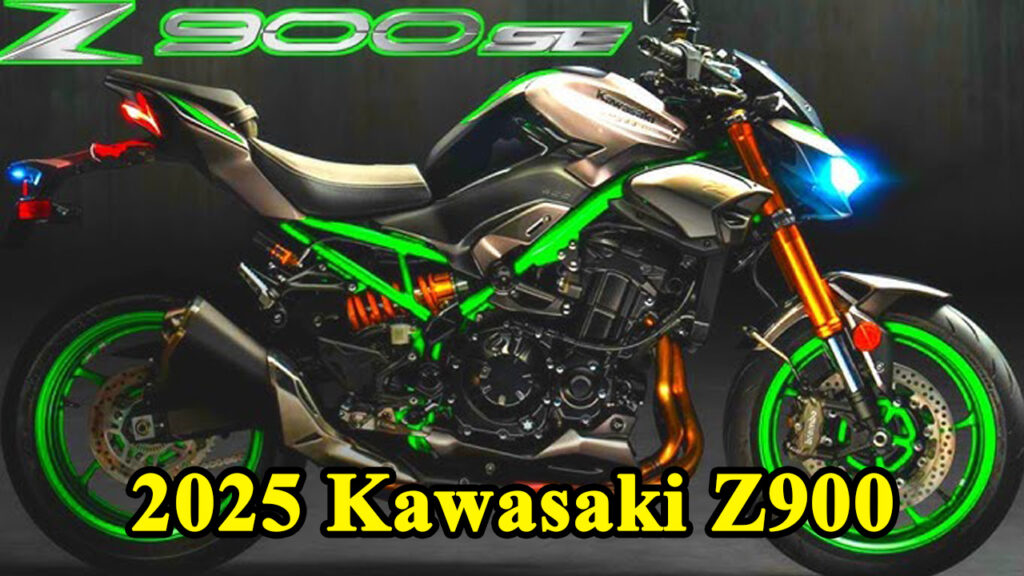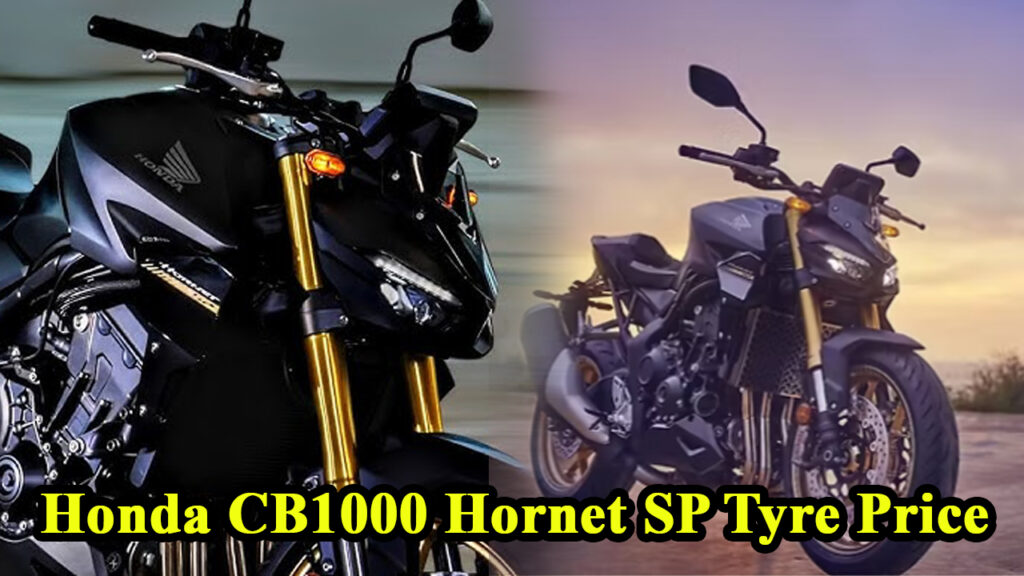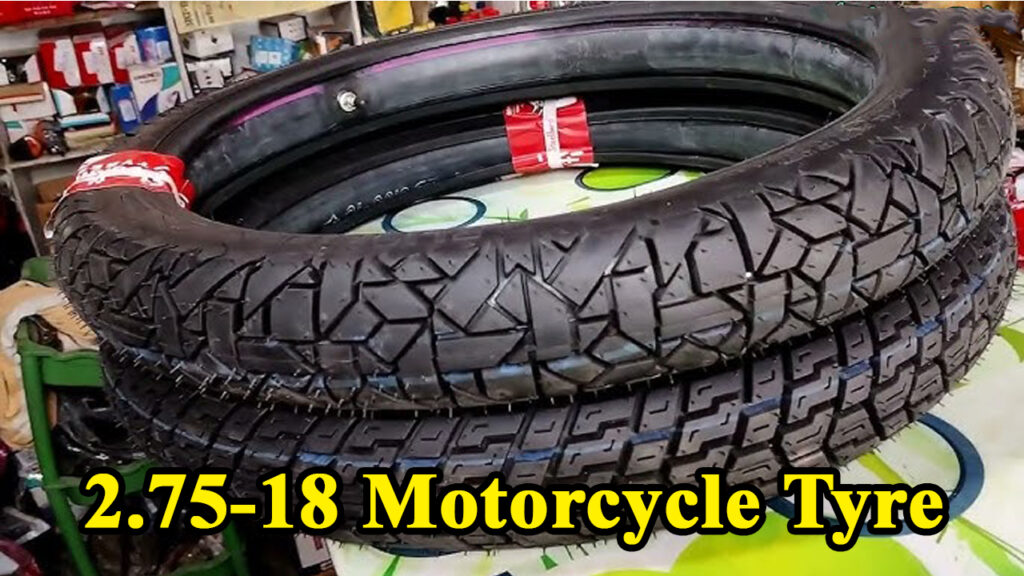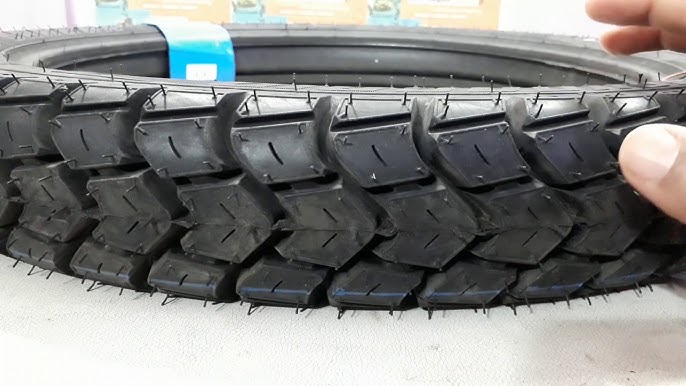The 2025 Kawasaki Z900, including the Z900 SE ABS variant, comes equipped with specific tire sizes designed to optimize its performance characteristics. These are:
- Front Tire: 120/70ZR17M/C (58W)
- Rear Tire: 180/55ZR17M/C (73W)
Let’s break down what these numbers and letters mean:
- 120/70: This indicates the tire’s width in millimeters (120mm) and its aspect ratio (the height of the sidewall as a percentage of the width, so 70% of 120mm).
- ZR: The “Z” signifies a speed rating of over 240 km/h (149 mph), classifying it as a high-performance tire suitable for the Z900’s capabilities. “R” denotes radial construction, which offers better handling and stability at high speeds compared to bias-ply tires.
- 17: This is the diameter of the wheel in inches.
- M/C: This stands for “Motorcycle,” confirming it’s a tire designed specifically for motorcycles.
- (58W) and (73W): These are the load and speed ratings. “58” and “73” are load index numbers, indicating the maximum weight the tire can carry. The “W” is a speed rating, meaning the tire is certified for speeds up to 270 km/h (168 mph).
Hero Destini 125 Tyres: The Ultimate Guide to Performance & Safety
Stock Tire Choice: For 2025, Kawasaki has notably upgraded the Z900’s stock tires to Dunlop Sportmax Q5A. This is a significant improvement over previous stock tires, indicating Kawasaki’s commitment to enhancing the Z900’s immediate road-holding capabilities. These tires are known for their dual-compound construction, offering a balance of grip in both wet and dry conditions, a crucial aspect for a versatile street naked.
The Science of Grip: How Tires Impact Your Ride
Tires are the single most important component influencing a motorcycle’s handling, braking, and overall safety. Here’s how they make a difference:
- Contact Patch: This is the small area of tire that actually touches the road at any given moment. It’s roughly the size of a credit card, yet it’s responsible for transmitting all the forces of acceleration, braking, and cornering. The larger and more consistent the contact patch, the better the grip.
- Tread Pattern: The grooves and sipes on a tire’s surface are designed to evacuate water, preventing hydroplaning in wet conditions. Sportier tires tend to have less aggressive tread patterns for maximum dry grip, while touring or all-weather tires will have more elaborate patterns for wet performance.
- Rubber Compound: This is where the magic truly happens. Tire manufacturers use complex rubber compounds, often with multiple zones (dual or multi-compound tires), to achieve specific characteristics. Softer compounds on the shoulders provide excellent cornering grip, while harder compounds in the center offer durability and better straight-line stability.
- Carcass Construction: The internal structure of the tire, primarily the radial belts, plays a vital role in how the tire deforms under load. A well-designed radial carcass ensures a consistent contact patch through various lean angles and forces, contributing to predictable handling.
Expert Insight: As a rider who has explored the twisting roads near Tansen and Palpa here in Nepal, I’ve personally experienced how much a tire’s compound influences confidence. On those undulating, sometimes gravel-strewn mountain passes, a tire that communicates every nuance of the road surface, allowing for subtle adjustments, is invaluable. The initial squirm or chatter you might feel as a tire warms up, and then the reassuring bite as it finds its optimal operating temperature, is a direct result of the compound at work.
Tire Pressure: The Unsung Hero of Performance
Often overlooked, correct tire pressure is absolutely paramount. It directly impacts handling, tire wear, fuel economy, and safety.
Recommended Tire Pressure for 2025 Kawasaki Z900: While specific figures can vary slightly based on the tire manufacturer and model, generally, for the Dunlop Sportmax Q5A (and most comparable sport tires for the Z900), the recommended cold tire pressures are around:
- Front: 36 psi (pounds per square inch)
- Rear: 42 psi
Why is maintaining correct pressure so important?
- Underinflation: Leads to excessive tire flex, which generates heat, accelerates wear (especially on the shoulders), reduces stability, increases rolling resistance (affecting fuel economy), and negatively impacts handling. The bike might feel sluggish to turn in and less precise.
- Overinflation: Reduces the contact patch, leading to less grip, a harsher ride, and uneven wear (center of the tread wears out faster). The bike might feel skittish and prone to losing traction over bumps.
Personal Anecdote: I once rode to Pokhara with slightly underinflated tires on my previous bike. The difference was stark. The bike felt vague in corners, and there was a noticeable lack of feedback from the front end. After correcting the pressure at a local garage, the transformation was immediate – the bike felt planted and responsive again. It’s a simple check that makes a world of difference.
Choosing Your Next Set: Beyond Stock
While the Dunlop Sportmax Q5A are a good starting point, many Z900 owners eventually explore aftermarket options to tailor their bike’s performance to their specific riding style and conditions. Here’s what to consider:
Types of Motorcycle Tires Relevant for Z900
- Sport/Hypersport Tires: These are designed for maximum dry grip and agile handling, often featuring softer compounds and minimal tread patterns. They excel on twisty roads and occasional track days but may have shorter lifespans and less wet weather performance. Examples: Michelin Power GP2, Pirelli Diablo Rosso IV Corsa, Metzeler Sportec M9 RR, Bridgestone Battlax Hypersport S22, Dunlop Sportmax Q5A (stock).
- Sport-Touring Tires: These offer a balance of good grip, extended mileage, and solid wet weather performance. They are an excellent choice for riders who commute, tour, and enjoy spirited weekend rides. They typically use multi-compound technology. Examples: Michelin Road 6, Pirelli Angel GT II, Metzeler Roadtec 01 SE, Continental Road Attack 4, Dunlop Roadsmart IV.
Kawasaki Versys X-300 Tyres Price: Your Ultimate Price & Performance Guide (India)
Key Factors When Choosing Tires:
- Riding Style: Are you an aggressive canyon carver, a daily commuter, or do you enjoy long-distance touring? Your riding style dictates the balance between grip, longevity, and wet weather performance you’ll need.
- Riding Conditions: Do you primarily ride in dry conditions, or do you frequently encounter rain? Wet weather performance is a critical differentiator between tire models.
- Longevity vs. Grip: Generally, softer, grippier tires wear faster. You’ll need to decide on your priority here.
- Brand Reputation & Technology: Established brands like Michelin, Pirelli, Dunlop, Metzeler, and Bridgestone invest heavily in R&D, offering advanced technologies like multi-compound treads, optimized carcass designs, and innovative siping.
Case Study: The Kathmandu-Butwal Highway Grind Imagine riding the Z900 on the stretches of the East-West Highway connecting Kathmandu to Butwal. You’ll encounter everything from smooth asphalt to rough patches, and potentially sudden downpours during monsoon season. A purely track-focused tire might offer incredible grip in the dry corners but would be a liability on wet, uneven surfaces. This is where a high-performance sport-touring tire, like the Michelin Road 6, would truly shine, providing confidence-inspiring grip in varying conditions while still offering decent mileage.
Cost of Replacement Tires
The price of Z900 tires can vary significantly based on the brand, model, and retailer. As of mid-2025, you can expect the following general price ranges for a set (front and rear) in Nepal:
- Premium Sport/Hypersport Tires: NPR 35,000 – NPR 60,000+ (e.g., Michelin Power GP2, Pirelli Diablo Rosso IV)
- Premium Sport-Touring Tires: NPR 30,000 – NPR 55,000+ (e.g., Michelin Road 6, Pirelli Angel GT II)
- Mid-Range Options: NPR 25,000 – NPR 40,000 (brands like TVS Eurogrip, Vredestein may offer more budget-friendly options, though availability for the Z900’s specific sizes from all brands needs checking locally)
Important Value: Always factor in the cost of professional mounting and balancing, which is crucial for optimal performance and safety. Don’t compromise on this, as improper fitting can lead to vibrations, premature wear, and dangerous handling issues.
Maintaining Your Z900’s Tires: A Rider’s Responsibility
Proper tire maintenance is not just about extending their life; it’s about ensuring your safety and maximizing your riding enjoyment.
- Regular Pressure Checks: Check cold tire pressure at least once a week, or before every significant ride. A good quality digital tire pressure gauge is a worthwhile investment.
- Tread Depth Inspection: Regularly check your tire tread depth. While legal limits exist, it’s wise to consider replacing tires before they reach the absolute minimum, especially if you ride in wet conditions. Look for the tread wear indicators (small raised bars within the main grooves).
- Visual Inspection for Damage: Look for cuts, cracks, punctures, or embedded foreign objects. Any suspicious damage warrants immediate attention from a professional.
- Balance and Alignment: If you notice vibrations at speed or uneven tire wear, have your wheels checked for balance and alignment.
- Storage: When storing your bike for extended periods, try to keep the weight off the tires to prevent flat spots. Maintain correct pressure.
The Human Element and Originality
While data provides facts, the true understanding of tires comes from experience. I recall a spirited ride through the Chure hills, where a sudden shower turned the tarmac into a greasy slide. It was in that moment, relying on the subtle feedback through the handlebars and seat, that I truly appreciated the engineering behind a good set of tires. The way they carved through the water, maintained a surprising level of grip, and allowed me to safely navigate the unexpected conditions was a testament to their critical role.
Choosing tires for your Z900 isn’t just about matching numbers; it’s about matching your riding personality to the tire’s characteristics. Do you crave the absolute edge of grip for those weekend blasts, or do you prioritize predictable performance for daily commutes and longer journeys? The Z900 is a versatile machine, and its tires should reflect that versatility, or accentuate a specific aspect of its character.
Conclusion: Your Connection to the Road
The 2025 Kawasaki Z900 is an incredible machine, a testament to Kawasaki’s engineering prowess. But its true potential, its ability to thrill and inspire confidence, is intrinsically linked to its tires. By understanding the specifications, appreciating the impact of tire technology, meticulously maintaining pressure, and making informed choices when it’s time for replacements, you ensure that your Z900 remains a joy to ride, mile after mile.
Investing in quality tires is investing in your safety and riding experience. So, the next time you swing a leg over your Z900, take a moment to appreciate the unsung heroes beneath you – those two patches of rubber, constantly working to keep you upright and connected to the road.
Frequently Asked Questions (FAQ)
Q1: What are the exact tire sizes for the 2025 Kawasaki Z900? A1: The 2025 Kawasaki Z900 uses a 120/70ZR17M/C (58W) tire for the front and a 180/55ZR17M/C (73W) tire for the rear.
Q2: What brand of tires does the 2025 Kawasaki Z900 come with from the factory? A2: The 2025 Kawasaki Z900 (and the Z900 SE ABS) comes stock with Dunlop Sportmax Q5A tires.
Q3: What tire pressure should I maintain for my Z900? A3: Generally, the recommended cold tire pressures are around 36 psi for the front and 42 psi for the rear. Always refer to your owner’s manual or the sticker on your swingarm for the most accurate figures.
Q4: How often should I check my Z900’s tire pressure? A4: It’s recommended to check your tire pressure at least once a week, or before every significant ride, when the tires are cold.
Q5: What’s the difference between sport and sport-touring tires for the Z900? A5: Sport tires prioritize maximum dry grip and agile handling, ideal for aggressive riding and occasional track use, but typically have shorter lifespans. Sport-touring tires offer a better balance of grip, extended mileage, and good wet weather performance, making them suitable for commuting, touring, and spirited street riding.
Q6: How much does it cost to replace the tires on a Kawasaki Z900 in Nepal? A6: The cost can vary depending on the brand and model, but a set of premium sport or sport-touring tires can range from NPR 30,000 to NPR 60,000+, excluding fitting and balancing charges.
Q7: Can I use different tire sizes than the stock ones on my Z900? A7: It is strongly recommended to stick to the manufacturer’s recommended tire sizes. Deviating from these can negatively impact handling, stability, and safety, and may even void your warranty.
Q8: How do I know when my Z900 tires need to be replaced? A8: Look for worn-down tread (check the tread wear indicators), cracks or cuts in the sidewall, punctures that cannot be safely repaired, or any unusual bulges or deformations. If you’re unsure, consult a professional mechanic.




